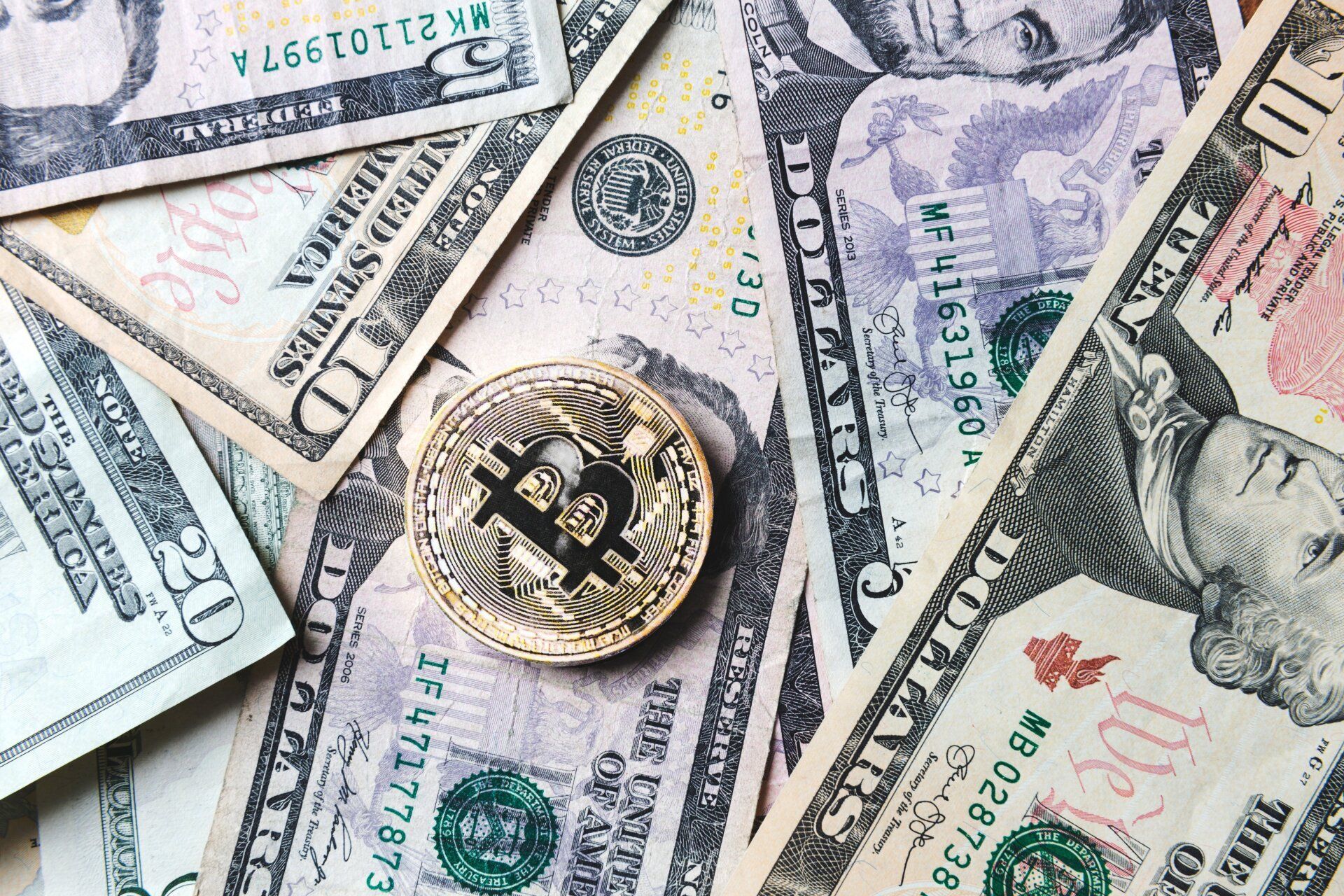Inflation and the Value of the Dollar

There is a positive correlation between major stock players in the U.S. stock exchanges and the value of the dollar.
As the dollar's value rises in the global market, stock prices also rally. According to data on S&P 500, in the last two decades, its value has positively correlated to the value of the dollar. About 40% of the time, the S&P index has risen occasioned by the dollar's rise.
How U.S. Dollar Value Impacts Stock Indices
According to a market's forces of demand and supply, a currency increases in value with increased global demand. Another instance would be deflationary measures by a country's central bank by shorting the currency's supply in the market. Therefore, an intrinsic rise in the value of the dollar will increase the value of U.S. stocks. The primary reason is investors buy stocks using the U.S. Dollar.
U.S. Dollar Value vs. Stock Prices
Here are examples to illustrate the correlation between the value of the dollar and U.S. stock prices.
The share portfolio heavily relies on imported raw materials and energy in the manufacturing sector. A large pool of manufacturers in the U.S. rely on value addition on imported essential commodities. When the value of the dollar depreciates, its purchasing power declines. As a result, the manufacturers will dig deeper into their dollar reserves to buy the same quantity of commodity as before, thereby recording low-profit margins. Companies that do not mitigate their risk against their reliance on the prices of imported commodities would expose their investors to foreign exchange risk.
Alternative Scenario to Leverage the Value of the Dollar
Another scenario would be the diversification of the investment portfolio. It is essential to diversify investment to different sectors of the economy. Moreover, a declining dollar would have both positive and negative returns on investment to an investor's portfolio. Notably, the reliance on the dollar for purchases directly affects the profitability of a company's stock. Diversification into different sectors of the economy will balance out the positive and negative effects of a decline in the value of the dollar.
The Smart Case Scenario
As an exporter of U.S. manufactured commodities, you stand to do well if the U.S. dollar value depreciates. After its depreciation, exporters get more U.S. dollars after foreign exchange transactions in the international market.
Furthermore, a low-valued dollar makes goods manufactured in the U.S. more competitive globally.
Impact of Inflation on the Value of the Dollar
Inflation decreases the dollar's value over a trading period. It increases the prices of commodities over time, substantially reducing the number of goods customers can buy with the same amount of money. The time value of the dollar decreases in an inflationary period.
Apple Inc. Stock During Inflationary Periods
When Apple Inc. [Ticker: AAPL] initially IPO'd in late 1980, the United States was in the middle of a recession. Despite those financial constraints, AAPL made it through the recession and in less than two years after it's Initial Public Offering, the stock gained 65%. If you had invested just $1k in APPL stock in mid 1982, your stock would roughly be worth 3.7 million dollars.
Apple Inc. has experienced the same type of growth over the last four years of economic slowdown and worldwide pandemic. Since 2019, AAPL has almost 400X'd in value, despite the inflationary conditions we've been experiencing.
Are you interested in consulting a financial advisor and learning how we are capitalizing on the next IPO during this high inflationary period? Schedule a consult today and take the Riskalyze assessment.










